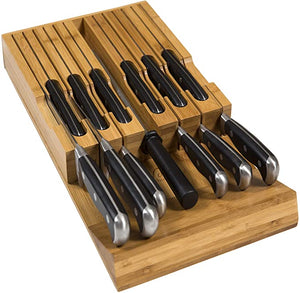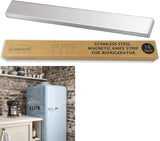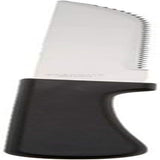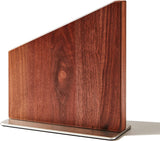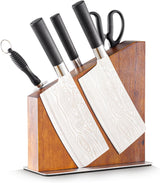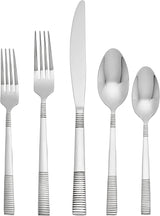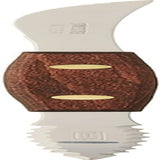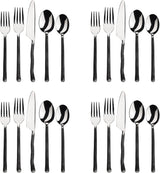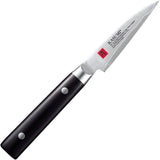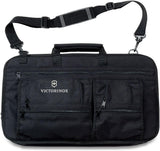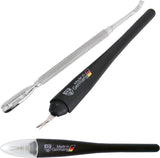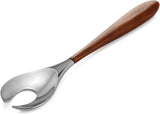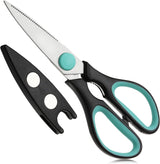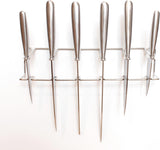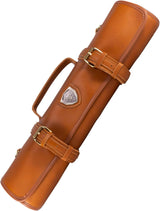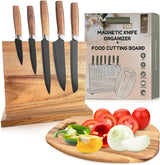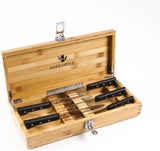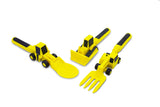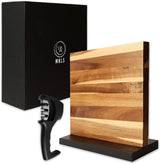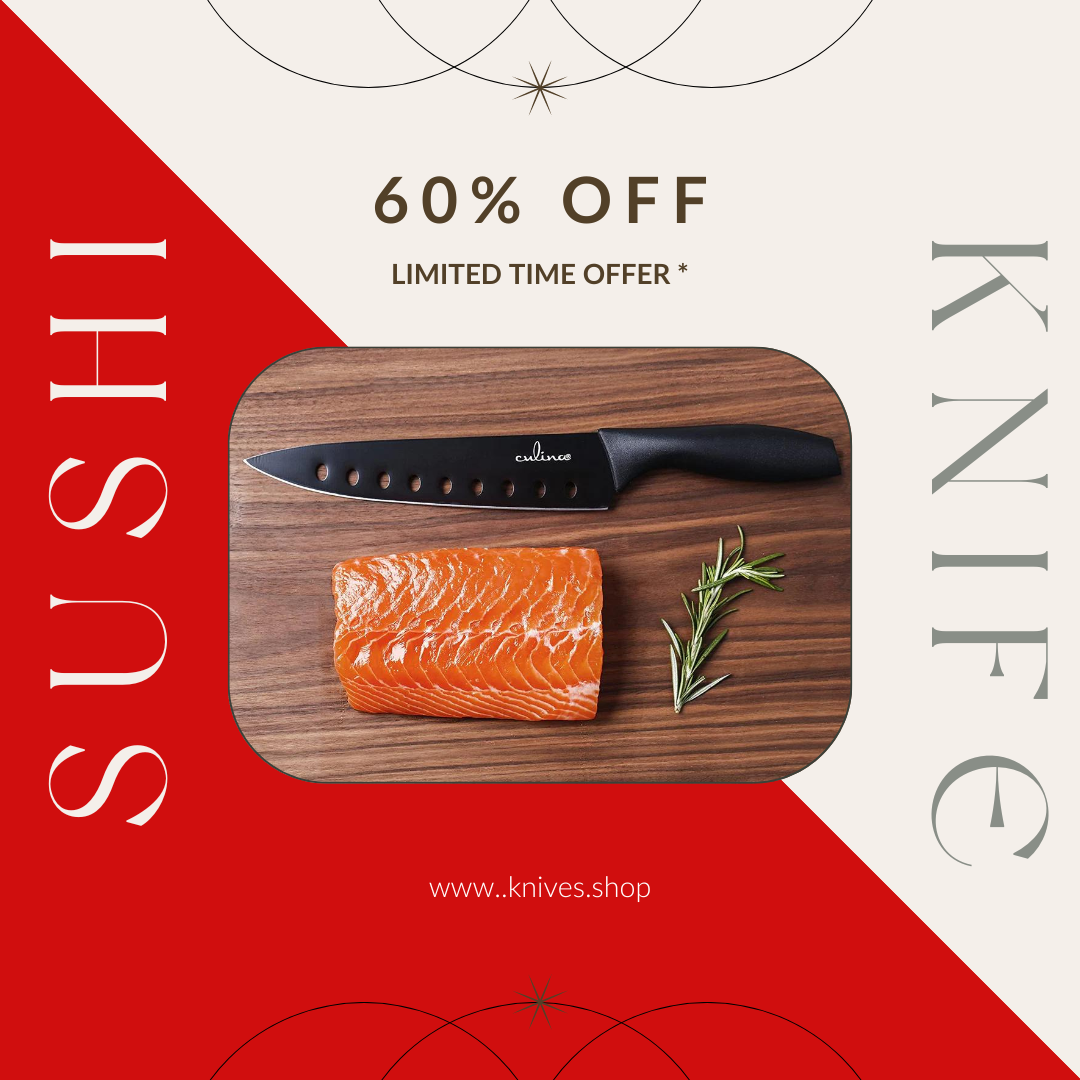When it comes to achieving clean fillets, the sharpness of your fillet knife can either make or break the process. For kitchen professionals and culinary enthusiasts, understanding what angle to sharpen fillet knife is a life-changing skill that can redefine precision. Precision filleting not only ensures fish are prepared effortlessly but also maximizes flavor and meat yield. So, whats the big secret to sharpening your fillet knife for superior performance?
The magic lies in sharpening your knife at the correct angle. Most experts recommend an angle of about 18 to 21 degrees, though the ideal range may vary depending on the knife's brand, material, and intended use. Lets dive deeply into this remarkable art to help you master your knifes edge with confidence!
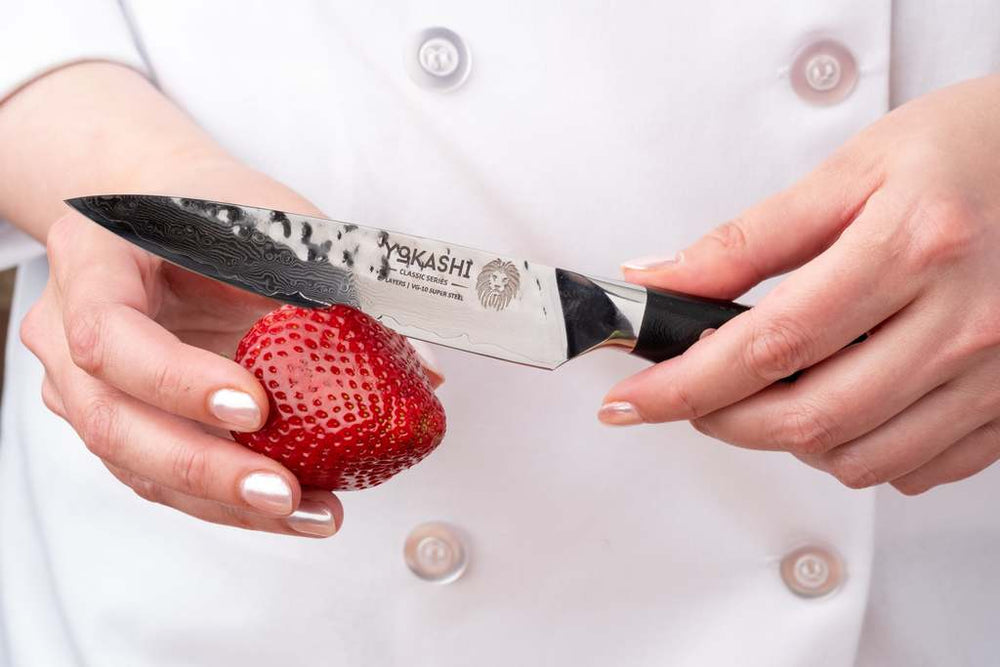
Why Is the Sharpening Angle Important?
Have you ever wondered why fillet knives differ from other blades? The secret lies in their design. Fillet knives are thinner and more flexible, allowing for precise cutting through delicate meats such as fish. By understanding what angle to sharpen fillet knife, you gain control over its durability and sharpness.
The right sharpening angle ensures:
- Maximum edge retention for extended use.
- Remarkable precision in every cut.
- Reduced risk of damaging the fish's delicate flesh.
What Happens If You Choose the Wrong Angle?
A poor sharpening technique, or worse, choosing the wrong angle, can lead to wasted effort and damaged knives. For example:
- If you sharpen too steeply (above 25 degrees), the blade may lose flexibility, becoming brittle and prone to chipping.
- If the angle is too shallow (below 15 degrees), the edge loses durability and requires frequent sharpening.
How to Determine the Right Sharpening Angle for Your Fillet Knife
There are several ways to ascertain the ideal angle for sharpening your fillet knife. For kitchen professionals, maintaining an angle between 18 and 21 degrees is often a universal standard. However, keep in mind that specific brands and materials may have their own recommendations. Always cross-reference your knifes user guide for manufacturer-approved techniques.
Using Technology to Guide Angle Precision
If hand-sharpening feels challenging, take advantage of new knife-sharpening technology-approved tools. Modern sharpening systems come with angle guides that eliminate guesswork, making them an indispensable resource for busy professionals.
Step-by-Step Guide to Sharpen Your Fillet Knife
Heres a step-by-step guide for sharpening your fillet knife like a pro:
Step 1: Gather Essential Tools
To properly sharpen your knife, youll need:
- A sharpening stone or electric sharpener.
- Honing rods for maintaining the edge.
- A sharpening guide to ensure consistent angles.
- A clean towel and mineral oil for polishing and maintenance.
Step 2: Set Your Angle
Adjust your sharpening tool to maintain the 18 to 21-degree angle. For those who prefer manual methods, use an angle guide or select tools with preset settings for consistency.
Step 3: Sharpen with Precision
Run the blade along the stone or sharpener in a steady motion, maintaining the correct angle at all times. Repeat this motion approximately 1015 times on each side of the blade.
Step 4: Hone and Test
Use a honing rod to align the micro-edge of your blade. Test sharpness by slicing through paper or gently cutting into a soft tomato. A correctly sharpened fillet knife will glide seamlessly.
Tips for Maintaining Your Fillet Knife
After successfully sharpening your knife, proper maintenance is key to preserving its edge. Keep these tips in mind:
- Always clean your knife after every use to avoid residue buildup. For detailed cleaning tips, visit this guide on how to clean crappies.
- Frequently hone your knife to maintain the edges alignment.
- Store in a knife sheath to protect the blade from damage.
FAQs About Sharpening Fillet Knives
1. What is the ideal angle for sharpening other kitchen knives?
While fillet knives typically require an angle between 18 to 21 degrees, other kitchen knives like chefs knives or bread knives may need a slightly steeper angle of around 2024 degrees. For more information, check out different kitchen knife types.
2. How often should I sharpen my fillet knife?
Sharpen your fillet knife every 23 months, or sooner if you notice reduced performance. Frequent honing can extend the sharpness between sharpening sessions.
3. What sharpening tool works best for fillet knives?
For manual sharpening, a whetstone or diamond sharpening stone ensures the most precise control. However, electric sharpeners with angle settings are excellent for maintaining consistency. For more tips, explore this comprehensive knife-sharpening guide.

Conclusion
Mastering what angle to sharpen fillet knife is a game-changer for kitchen professionals. Sharpening your knife at the right angle ensures precision, efficiency, and superior results every time you fillet. By investing time in learning proper sharpening techniques, you not only extend your blades life but also take your culinary skills to tremendous new heights. Whether youre working with trout, bass, or even preparing crappies, having a sharp, well-maintained fillet knife will truly delight every chef.
This article contains affiliate links. We may earn a commission at no extra cost to you.
